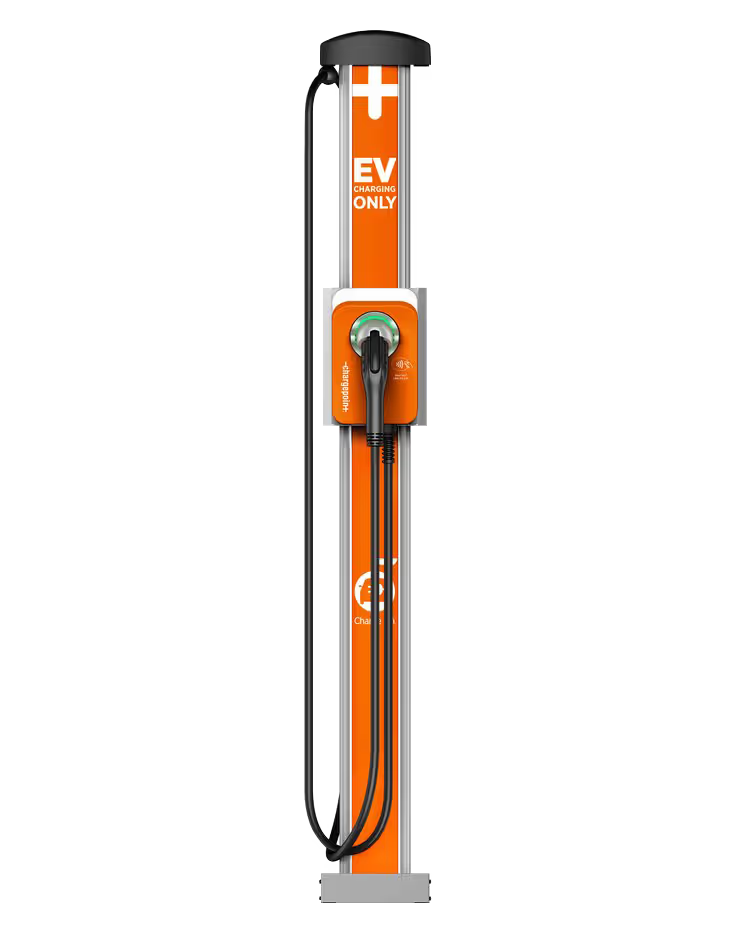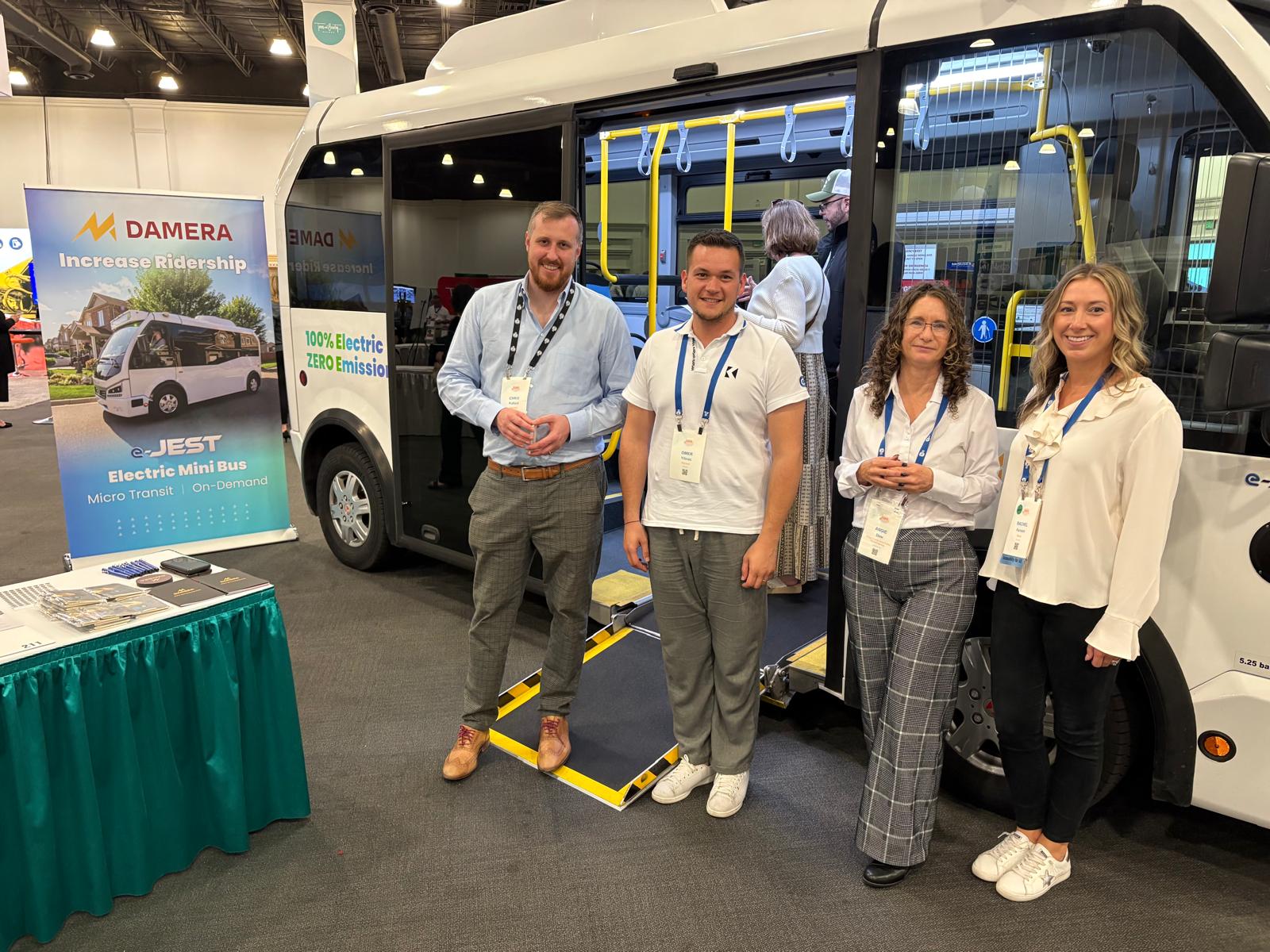
There is no previous post
Previous Post
Next Post
There is no next post
Planning for the Future of Electric Transit
Tailoring the Right Charging Strategy
Transitioning to electric buses is a critical step in modernizing public transit and reducing carbon emissions. The key to a successful transition lies in developing the right charging strategy, one that considers not only the distance buses travel but also daily schedules, energy consumption, and the specific operational demands of each transit agency. Infrastructure readiness, including power availability and depot upgrades, is also essential to ensure smooth electrification.
By analyzing factors such as vehicle weight, time between trips, and external conditions like weather and terrain, transit agencies can create a comprehensive plan tailored to their unique needs. This plan should outline timelines for fleet replacement, energy requirements, and any necessary upgrades to support charging infrastructure. Continuous evaluation and adjustment of this plan allow agencies to adapt to evolving regulations and operational challenges, paving the way for a successful shift to electric mobility.
Mini-Bus Charging Benefits
When it comes to charging mini-buses like the Karsan eJEST, their smaller size offers several advantages over larger buses:
1. Reduced Charging Times:
Mini-buses typically have smaller battery capacities, allowing for shorter charging sessions. This leads to less downtime and maximizes service hours.
🕒 With a full charge in just 65 minutes, this electric mini-bus delivers all-day performance, ensuring that your fleet stays on the move while minimizing downtime.
2. Flexible Charging Locations:
Mini-buses can access a broader range of charging stations due to their size, optimizing charging schedules and reducing interruptions.
3. Lower Charging Costs:
Smaller battery capacities mean lower electricity consumption, resulting in reduced charging costs for transit agencies.
4. Opportunity Charging:
Mini-buses are ideal for opportunity charging, allowing for intermittent charging during short breaks throughout the day. This flexibility helps keep the buses on the road longer without needing to return to depots.
5. Adaptability to Various Routes:
Mini-buses, particularly those serving as shuttle or feeder buses, often cover shorter routes and distances. Their battery capacities are well-suited for these operations, reducing the need for extended charging or larger battery installations.
By carefully planning and implementing the right charging strategies, transit agencies can lead the way in sustainable transportation while meeting the needs of their communities. Partnering with experts who bring knowledge and experience to the electrification process ensures that every step—from assessing energy needs to developing efficient charging infrastructure—is optimized for long-term success.
At Damera, we offer tailored solutions that help transit agencies navigate this transition smoothly, maximizing efficiency and sustainability. With our comprehensive approach, we provide the expert guidance needed to develop, implement, and maintain a reliable electric transit system. Let’s work together to power up the future of transit and create a cleaner, more efficient transportation network for the next generation.
Damera Contacts








.svg.avif)

















-p-500-p-500.avif)











.svg)





































.jpeg)


















.jpg)








.jpg)





